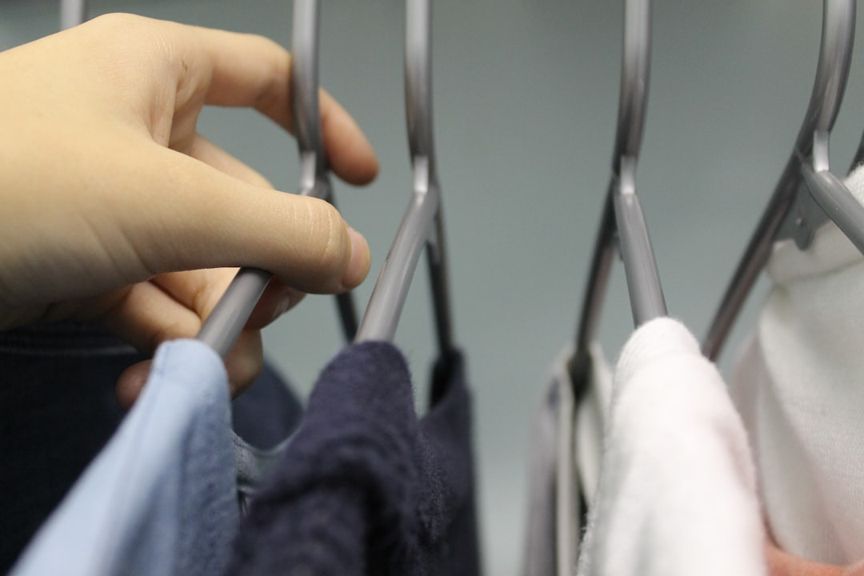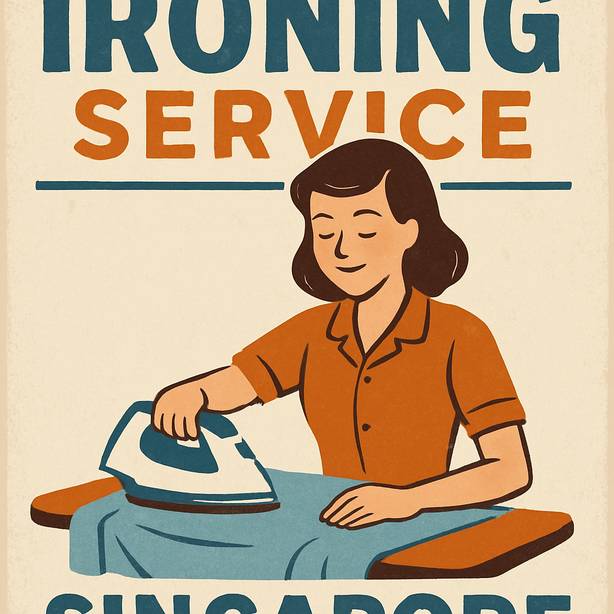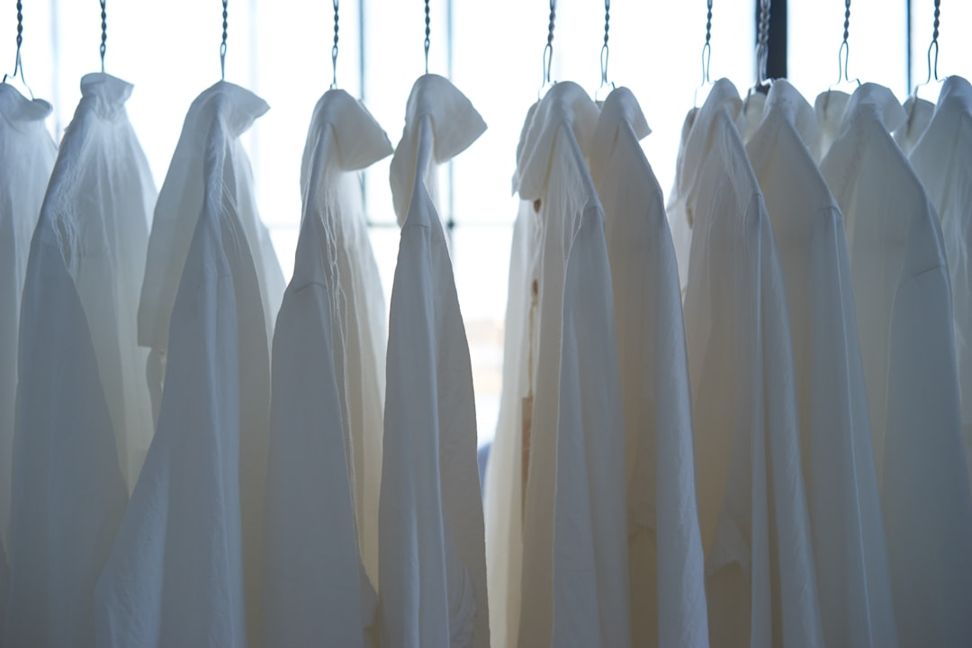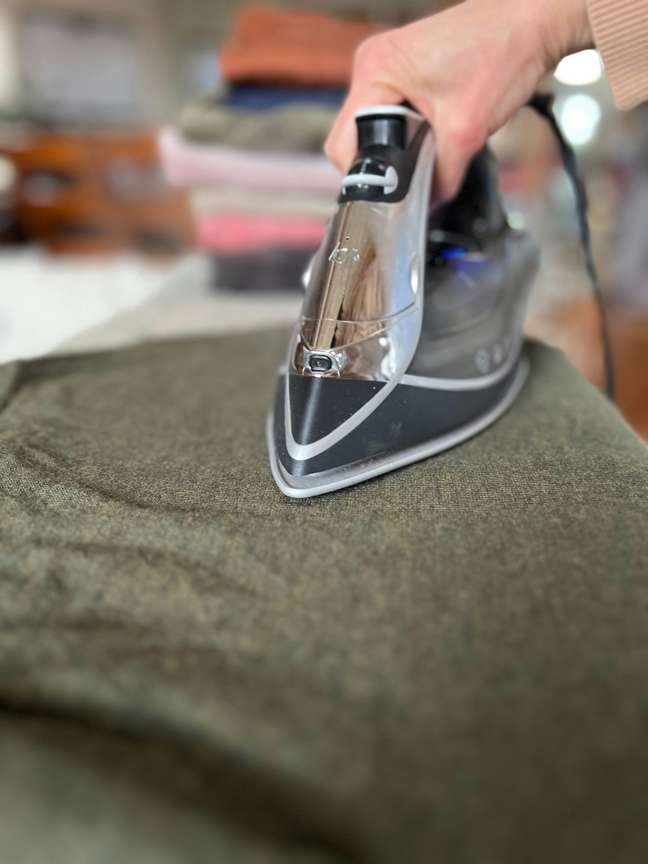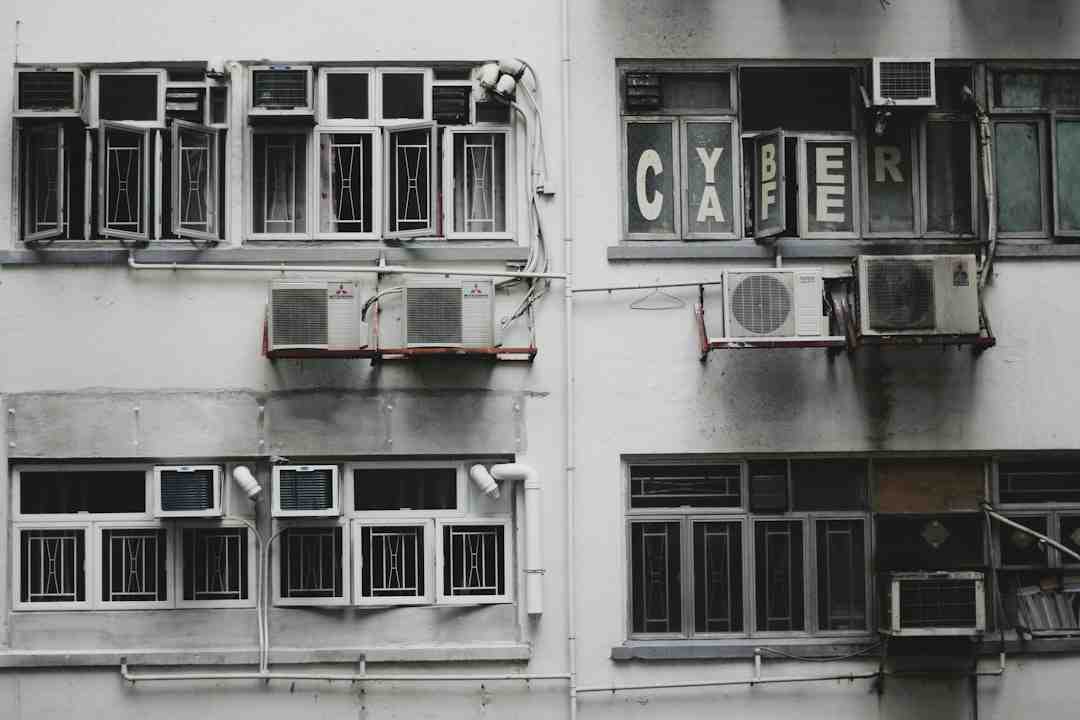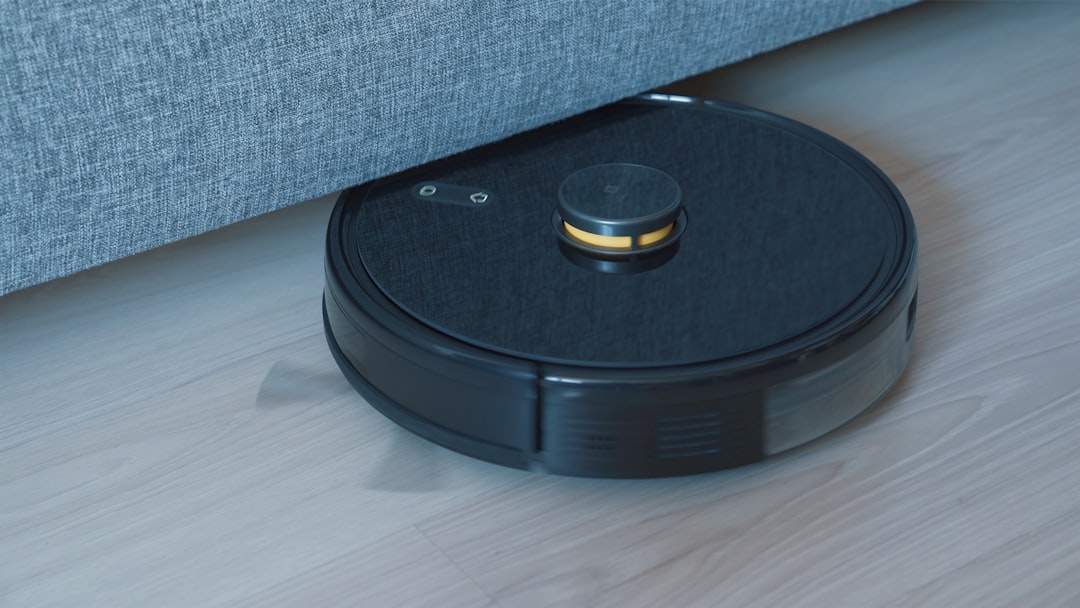Ironing is a regular household task for many families in Singapore. It helps maintain a neat and presentable appearance, especially for office wear, school uniforms, and daily clothing. However, ironing can also be time-consuming, and the humid climate in Singapore causes clothes to wrinkle easily.
The goal is not just to iron clothes. It is also to preserve fabric quality and prevent fabric damage over time. With the right approach and a few practical service tips, you can achieve smooth and neat results more easily.
Professional ironing services focus on understanding different fabrics and adjusting heat correctly. They also use proper tools to achieve smooth and consistent results. You can use these methods in any home, whether you iron occasionally or as part of a weekly routine. The following guide provides clear, useful tips that are easy to follow and suitable for Singapore households.
Explore our professional house cleaning services here.
1. Sort Clothes by Fabric Type Before Ironing
Different fabrics require different ironing temperatures. Sorting clothes before ironing helps protect them, save time, and keep your workflow organized. Cotton and linen can handle high temperature settings. In contrast, silk, rayon, polyester, and blended fabrics need lower heat to avoid shine marks.
Sorting also allows you to iron in temperature sequence, reducing the need to constantly adjust the iron settings. Always check the care label and follow the grain of the fabric while ironing to maintain the garment’s shape and finish. This is a key technique used in any professional service that handles garment care.
Check our spring cleaning services here.
2. Use Steam to Relax Fibers and Reduce Wrinkles
Steam irons work by loosening the fibers of the fabric so wrinkles can be removed with less effort. Most modern irons have adjustable steam levels. Steam is especially useful for cotton shirts and thicker materials that wrinkle easily.
For best results:
Use clean water in the iron’s tank
Avoid hard water, as minerals can build up in the soleplate
If your water supply contains high levels of calcium carbonate, consider using filtered or soft water
Using steam effectively can significantly reduce the time spent ironing and help maintain high quality garment texture.
Explore our moving out cleaning services here.
3. Iron Clothes While They Are Slightly Damp
Clothes that are slightly damp iron more easily because the fabric fibers are already relaxed. If clothes are fully dry, use a light mist of water. Avoid overwetting, which may leave marks or uneven drying.
This technique reduces the amount of pressure needed during ironing. It also lowers the risk of fabric damage, especially on delicate or thin fabrics.
4. Invest in a Good Ironing Board
A good ironing board improves comfort, safety, and finishing results. It should be stable, at a comfortable height, and have a padded surface that allows even heat distribution.
Look for these features:
Adjustable height for posture support
Sturdy, balanced frame
Heat-reflective or padded cover
A supportive ironing board makes ironing smoother and reduces fatigue during longer ironing sessions.
Find out our moving in cleaning services here.
5. Turn Delicate Clothes Inside Out
Some fabrics are sensitive to direct heat and pressure. To prevent shine marks and maintain original color:
Turn garments inside out
Lower the iron temperature
Use a pressing cloth to create a barrier
This method helps clothing retain its appearance over time. It also reflects the same level of care used in professional ironing services.
6. Use Long, Straight Strokes
When ironing, avoid circular motions, as this can stretch fabric. Use long, steady strokes that move in one direction. Let the heat and steam do the work rather than pressing too hard.
Pay attention to seams and edges, as these areas define the garment’s structure. Straight strokes maintain shape and prevent unnecessary wear.
Check our post HIP cleaning here.
7. Keep the Iron Soleplate Clean
Over time, residue from detergents, starches, or minerals from hard water can build up on the iron’s soleplate. This can cause pulling, sticking, or marks on clothing. Clean the soleplate regularly to maintain smooth gliding.
If you notice white flakes or streaks, it could be mineral buildup or soap scum. Cleaning the iron extends its lifespan and ensures consistent performance.
8. Hang Clothes Immediately After Ironing
Freshly ironed clothes should be hung right away to maintain smoothness. Leaving them in a pile or folded while still warm may cause wrinkles to re-form.
Use hangers with good shoulder support, especially for shirts and blouses. For trousers, hang them from the waistband or fold along the crease to retain a crisp outline.
9. Create a Weekly Ironing and Home Care Routine
Ironing becomes easier when it is part of a predictable routine. Many households in Singapore pair their ironing schedule with their weekly cleaning schedule. This reduces overwhelm and keeps clothing consistently ready to wear.
If household tasks begin to feel heavy, some families choose to engage a part time cleaning service in Singapore to help manage routine chores.
Some households prefer part time maids or part time cleaners for added flexibility. This option reduces stress while still ensuring a comfortable and neat environment.
10. Consider Professional Help When Life Gets Busy
Some weeks are simply too packed with work, family responsibilities, or travel. Outsourcing ironing is a practical way to save time while maintaining well-kept clothing. A professional service uses fabric-appropriate techniques and delivers consistent finishing quality when handling your garments.
If needed, you can rely on a professional ironing service in Singapore. These services understand care labels, fabric behaviors, and the importance of handling garments carefully.
This type of service often includes great customer service and active listening to client preferences. It also offers customized interactions based on clothing type or routine needs. Many customers appreciate when service providers go the extra mile. It improves the overall customer experience and helps customers feel supported and understood.
Frequently Asked Questions
How do I avoid fabric damage while ironing?
Use the correct temperature setting and always follow the grain of the fabric.
Why is my iron leaving marks?
Minerals from hard water may cause buildup. Use clean water and clean the soleplate regularly.
Do weekly cleaning services include ironing?
Yes, some cleaning providers can include ironing in a scheduled home care routine.
Related Articles:
- Top 10 House Cleaning Service Tips for Singapore Homes
- Ad Hoc Cleaning Services Singapore | Flexible & Affordable
- Cleaning Apps or Direct Booking: The Smarter Choice
- Why Customer Service Matters In House Cleaning
- Part-Time Cleaner vs Maid Services in Singapore | Costs & Benefits
- How a Clean Home Can Boost Your Mental Wellbeing and Productivity
- Top 5 Hiring Part-Time Cleaner Benefits in Singapore
- Top 10 Cleaning Company in Singapore | A Comprehensive Guide
- Pest Control: How to Keep Your Home Pest-Free During Monsoon Season in Singapore
- How Far in Advance Should I Book a Cleaning Service Appointment?
- One-Time House Cleaning Service | Sparkling Home Solutions
Top 10 End of Tenancy Cleaning Do’s and Don’ts (Singapore Guide)

